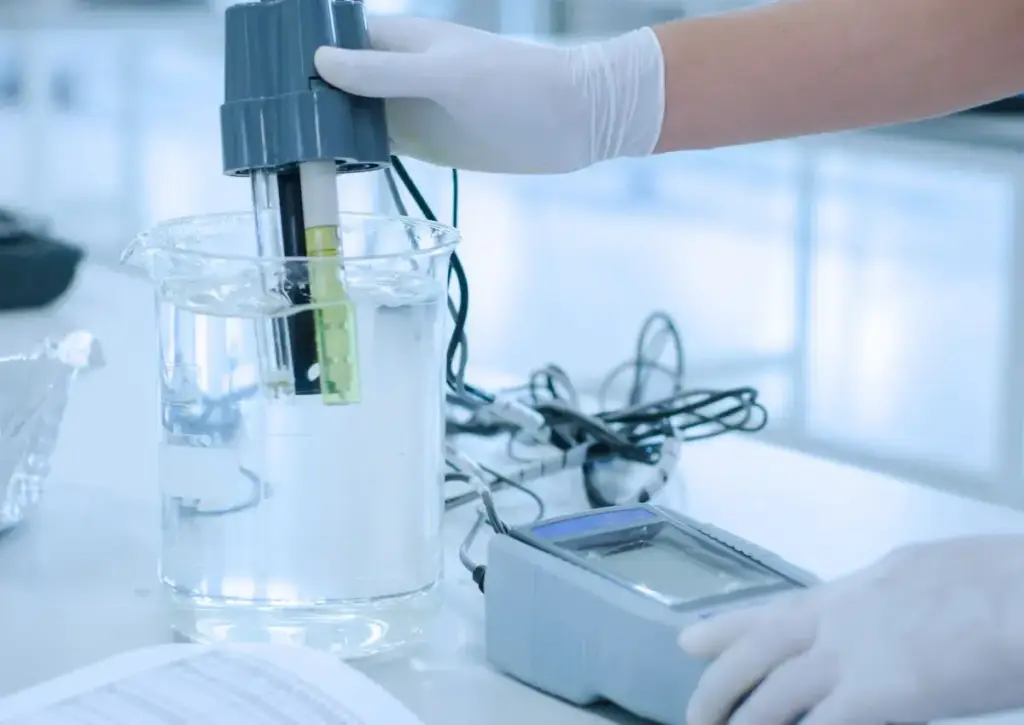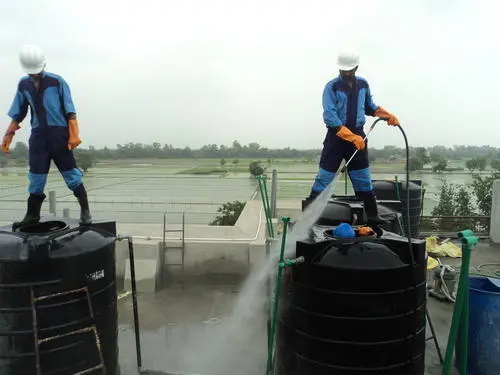
Introduction:
Water requires vigilant protection to uphold its quality and ensure community well-being. Storage tanks serve as vital repositories for water, but their upkeep is paramount to prevent contamination. In this article, we’ll explore key strategies for preserving water quality in your storage tank, vital for a dependable and safe water supply. Remember the checklist below for maintaining good water quality in the tank.
Tips for maintaining water quality:
Regular Inspection:
Consistent inspections serve as the foundation for maintaining water quality. Conduct scheduled assessments of the tank, its components, and surrounding areas to promptly identify and address issues like leaks or damage, mitigating potential risks. Additionally, consider adding freezing procedures to your regular inspection to ensure the system is prepared for colder temperatures.
Cleanliness:
Maintaining a pristine storage tank is essential for preserving water quality. Routinely remove debris, sediment, and contaminants to uphold cleanliness standards. Ensure both the tank and its vicinity remain free from pollutants to prevent contamination.
Secure Lid or Cover:
A secure lid or cover is crucial to prevent the intrusion of pests, debris, and sunlight, all of which can compromise water quality. Regularly inspect and maintain the lid’s integrity to ensure effective protection.
Avoiding Chemical Contamination:
Exercise caution when handling chemicals near the tank to prevent spills or leaks. Adhere strictly to safe storage practices and avoid using pesticides or fertilizers in close proximity to prevent contamination.
Regular Maintenance:
Establish a routine maintenance schedule to optimize tank functionality. Regular cleaning, repairs, and upgrades are crucial aspects of proactive maintenance, ensuring sustained water quality.
Monitoring Water Quality:
Regularly monitor water quality within the tank to detect deviations or signs of contamination. Conduct comprehensive tests for pH levels, chlorine content, and microbial presence to enable timely corrective action. Make sure to use fresh water for these tests and ensure good quality of water for the tank’s inhabitants.

Temperature Control:
Maintaining consistent temperature levels within the tank inhibits bacterial and algal growth. Implement insulation measures to regulate temperature fluctuations and safeguard water quality.
Water Treatment:
Explore various water treatment methods, such as filtration or chlorination, to enhance water quality. Seek expert guidance to determine the most suitable treatment approach for your specific needs.
Maintain Surroundings:
Maintaining the area around the tank clean and free from debris is crucial to prevent contamination. Regularly trim vegetation and remove any potential sources of contamination, like animal waste. By keeping the surroundings tidy, you help ensure the water in the tank remains safe and clean.
Inspect inlet and outlet:
Regularly examining the inlet and outlet pipes is crucial to maintain proper water flow within the tank. Look out for any blockages or obstructions that may hinder the flow and clear away any debris or sediment to ensure uninterrupted water flow.

Conclusion:
Preserving water quality in your storage tank requires proactive efforts encompassing regular inspection, meticulous maintenance, and adherence to best practices. By implementing these strategies, you play a vital role in ensuring a clean, safe, and reliable water supply for your community. Remember, safeguarding water quality is essential for sustaining life and promoting community well-being.


